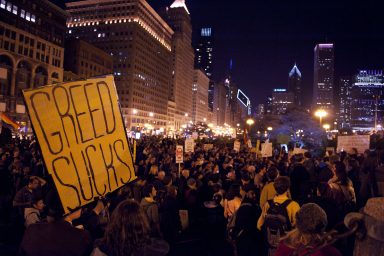Easily beating an estimate of 190,000 new jobs, nonfarm payrolls in the public and private sectors increased by 339,000 in May.
|
Listen To This Story
|
It has become a monthly routine: The experts predict that US job growth will slow down or even stop, and then, on the first Friday of the month, the Labor Department announces that the economy added a lot more jobs than expected.
This morning was no different.
Easily beating an estimate of 190,000 new jobs, nonfarm payrolls in the public and private sectors increased by 339,000 in May, the Bureau of Labor Statistics (BLS) announced. The unemployment rate rose to 3.7 percent, a slight increase from April.
Not only that, but the figures from the previous two months were also revised upwards by a combined 93,000. This means that 217,000 nonfarm jobs were added in March (as opposed to 165,000) and 294,000 in April (as opposed to 253,000).
Bloomberg noted that this was the 14th straight month in which the actual job growth outpaced predictions. In May, it beat even the most optimistic forecast… by 89,000.
Many different sectors increased their payrolls last month. Professional and business services reported 64,000 additional jobs while professional, scientific, and technical services added 43,000 jobs.
Government employment was up by 56,000 in May, which is 14,000 jobs more than the average of the past 12 months.
The 52,000 new jobs in the health care sector were slightly more than the average gain in the past year.
The leisure and hospitality industry was another driving force of the overall increase with 48,000 jobs added.
The important construction sector added 25,000 jobs, which is almost 50 percent above the average of the previous 12 months.
In other key industries, such as manufacturing, retail, and mining, the employment situation was little changed.
If the economy adds jobs again in June, then it will be two-and-a-half years of payroll increases — and many of them substantial.
This means that payrolls have gone up every single month during President Joe Biden’s term in office (although it must be noted that, as with many other economic indicators, it often matters little who is in the White House).
And, in spite of the experts’ predictions, there is little indication that job growth will stop in the near future.
Overall, the economy has proven to be very resilient, and there are some encouraging signs that this will continue. Consumer spending has gone up in April, even taking into account inflation, and new home sales were also on the rise.
On the other hand, there are also some warning signs. Other economies, such as Germany’s, have slipped into a recession and, in the US, home sales have dropped and factory activities have contracted for months.




